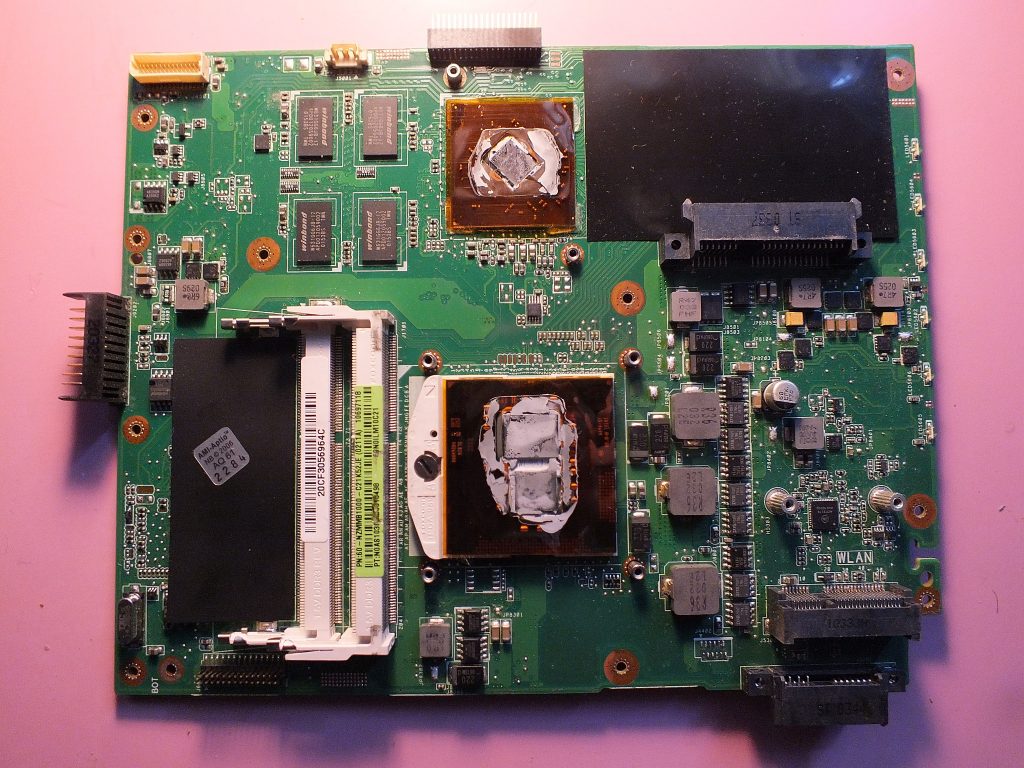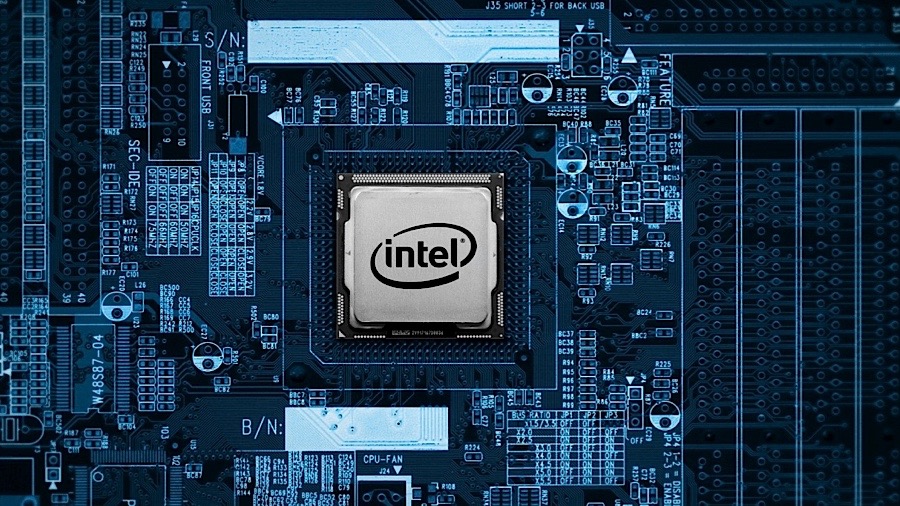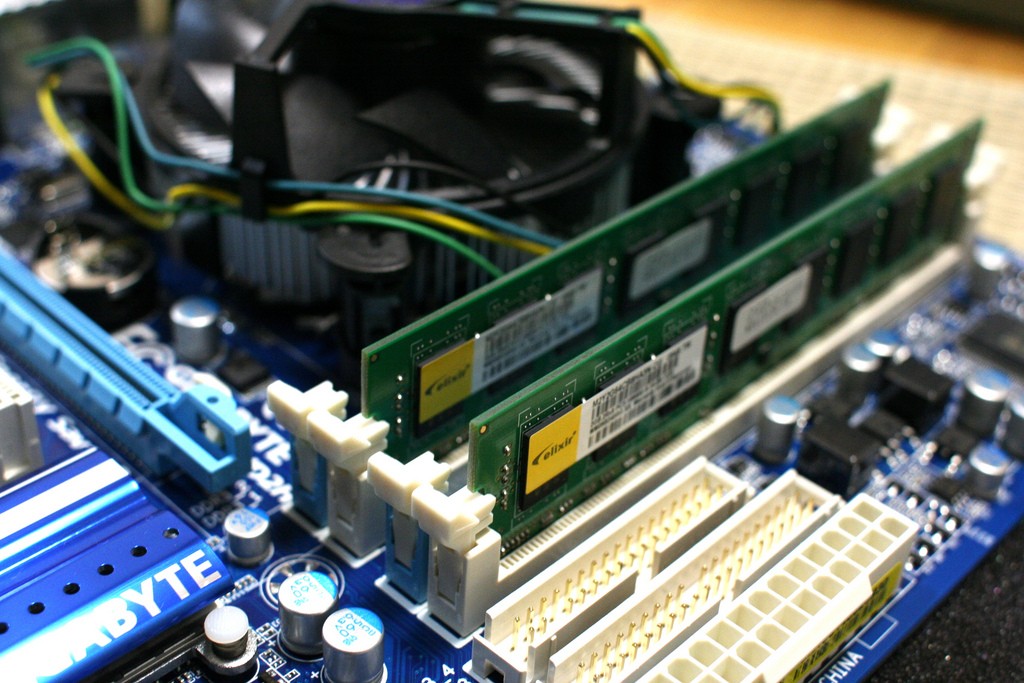Choosing the right motherboard for your build

The motherboard is an important part of any computer build, and one that’s often overlooked in favor of things like the processor and RAM. Picking which motherboard to use in your computer can be a difficult task — which is exactly why we’ve put together this guide on how to pick the right one.
There are a number of things to keep in mind when choosing which motherboard to use in your computer build. Here are some of the most important things to consider.
Size
Motherboards come in all different shapes and sizes, but there are a few standards to keep them in check and ensure that they fit into your case. Generally speaking, there are six motherboard sizes, and the most common is Intel’s Advanced Technology Extended size, also known as ATX. Of course, there are plenty of options beyond that. Here’s a list of the most common motherboard sizes:
- FlexATX
- MicroATX
- Mini ATX
- ATX
- Extended ATX (EATX)
- Workstation ATX (WATX)
The type of motherboard you choose will dictate both the size and the placement of screws, as well as the placement of the major components of the board. Make sure you check which size works for your case before you buy.
Processor sockets
If you’re planning out a full-on build, you’ll want to keep in mind the processor sockets you’re looking for — sockets that lie squarely on the motherboard. Basically, if the processor doesn’t fit on your motherboard, you can’t use it. In other words, you’ll want to choose which processor you want before you buy a motherboard.
Normally, Intel’s sockets have a more consumer-faced name, like Socket H, and a technical name, like LGA 1156. Make sure to keep both of those when you’re buying a motherboard.
Basically, make sure to choose a processor before you buy a motherboard, as you’ll need to ensure they work with each other.
Chipsets
The chipset is what helps all of the components in your computer talk to each other, and is generally a combination of the northbridge and southbridge.
The northbridge is most often responsible for the communication between your processor, RAM, and GPU, and is where you’ll get features like DDR4. Most recent processors have northbridge functions all located on the processor, which makes things a little less complicated.
The southbridge is where you’ll get features like PCI-E, SATA, and USB, as well as other connectivity technologies. You’ll want to check the features on the southbridge, because not every motherboard supports every technology — if you want surround sound, you’ll want to check that your motherboard supports it.
There are a ton of options out there — make sure you check what your motherboard has to offer for the northbridge and southbridge before you buy it.
Expansion slots
The motherboard you choose will determine the number of expansion slots you have at your disposal, as well as the type of expansion slots you can use. On top of the type of expansion slots, you’ll also want to note their placement and ensure that some expansion slots are not blocked.
RAM
Similar to expansion slots, you’ll want to check on the number of RAM slots you have available, especially if you plan on using multiple RAM slots. Some motherboards are limited to only two slots, but some have more. Check that before you buy the motherboard.
Conclusions
Picking the right motherboard doesn’t have to be super difficult, but there are a number of things to keep in mind. Hopefully the things listed above will help you pick the perfect motherboard for your build.






















